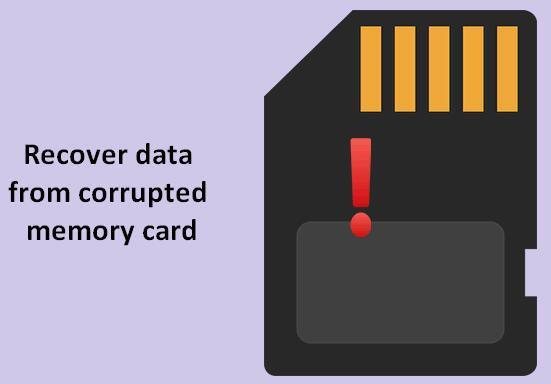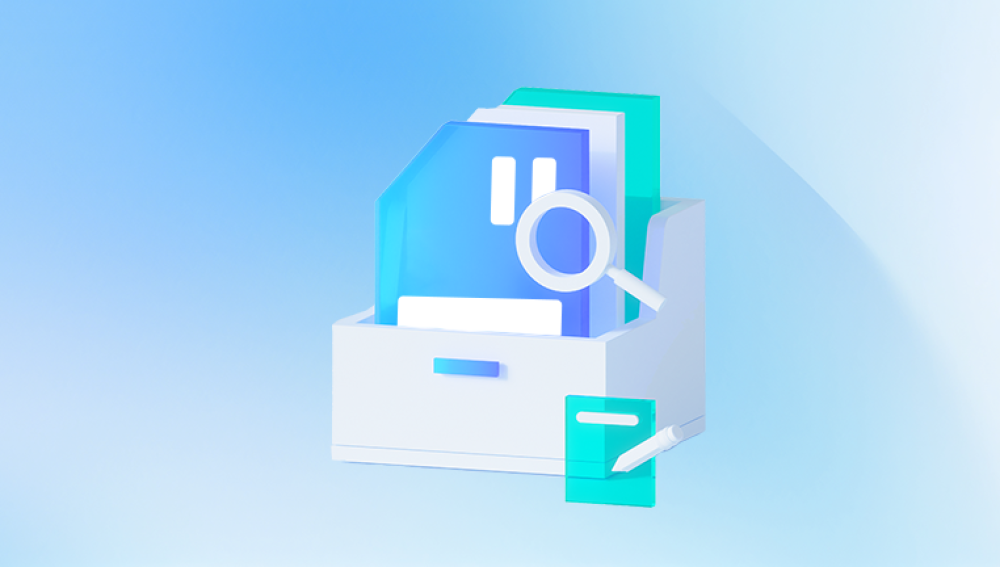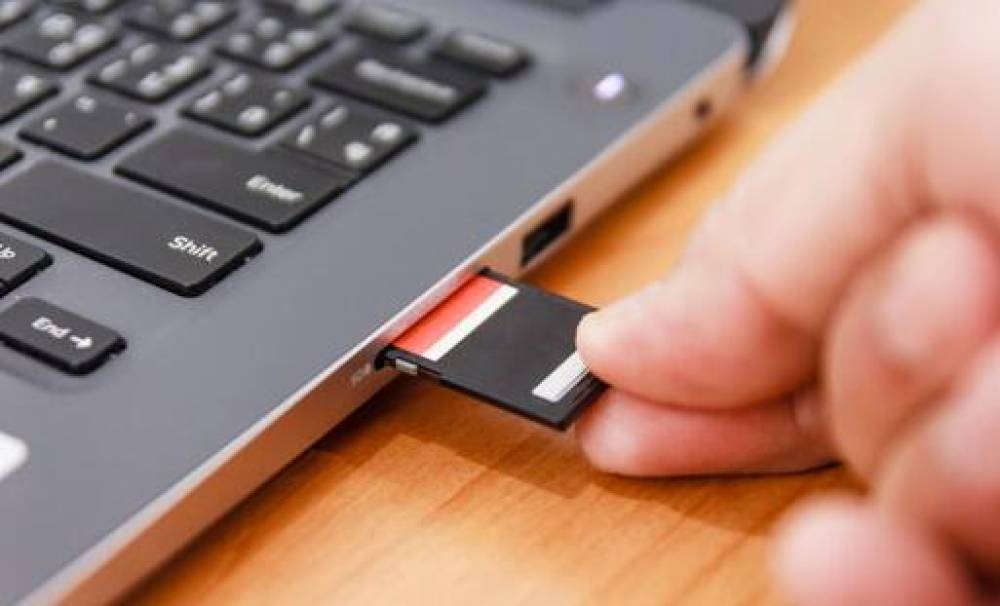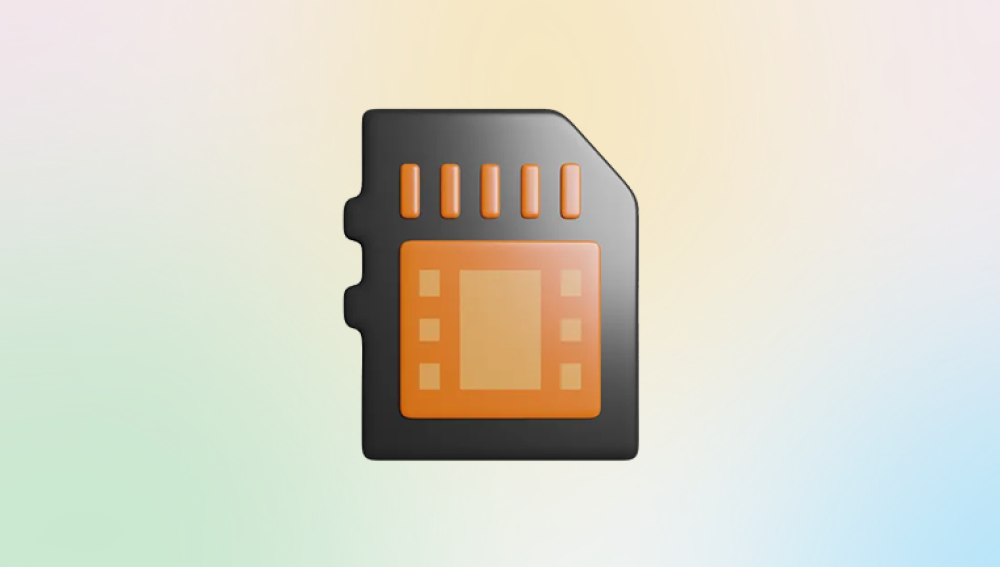Before diving into the steps, it's crucial to understand what causes SD card corruption. Common reasons include:
Improper removal: Removing the card without ejecting it properly.
File system errors: Errors in the way data is organized on the card.
Physical damage: Damage to the card itself or the card reader.
Power surges: Sudden loss of power during a data transfer.

Precautions
Stop using the SD card immediately: Continued use can worsen the corruption.
Backup your data regularly: This won’t fix the current issue but can save you from future problems.
Handle the card carefully: Physical damage can make data recovery impossible.
Steps to Fix a Corrupted SD Card Without Software
Step 1: Physical Inspection
Check for physical damage: Look for any visible cracks or bends.
Clean the contacts: Use a soft, dry cloth to gently clean the gold contacts on the card. Ensure there’s no dust or debris.
Step 2: Try a Different Device or Card Reader
Sometimes the issue might not be with the card itself but with the device or card reader.
Test the SD card in a different device: Use another camera, smartphone, or computer.
Use a different card reader: The card reader might be malfunctioning.
Step 3: Use the Command Prompt (For Windows Users)
Insert the SD card into the computer: Use a built-in card slot or a USB card reader.
Open Command Prompt as an administrator:
Press Windows Key + X and select Command Prompt (Admin) or Windows PowerShell (Admin).
Run the chkdsk command:
Type chkdsk [drive letter]: /f (e.g., chkdsk E: /f) and press Enter.
This command will check for file system errors and attempt to fix them.
Step 4: Repair the File System (For Linux Users)
Insert the SD card into the computer.
Open Terminal:
Use Ctrl + Alt + T to open Terminal.
Identify the SD card:
Type sudo fdisk -l to list all disk partitions.
Note the device name of your SD card (e.g., /dev/sdb1).
Unmount the SD card:
Type sudo umount /dev/sdX1 (replace sdX1 with your SD card's name).
Repair the file system:
Type sudo fsck /dev/sdX1 (replace sdX1 with your SD card's name).
Follow the prompts to repair the file system.
Step 5: Fixing Corruption on a Mac
Insert the SD card into the Mac.
Open Disk Utility:
Go to Applications > Utilities > Disk Utility.
Select the SD card:
Find your SD card in the list of drives.
Repair the Disk:
Click First Aid and then Run to repair the disk.
Step 6: Reformatting the SD Card
If the above steps don't work, reformatting the SD card is a more drastic measure that can restore functionality. Note: This will erase all data on the card.
Back up important data: If possible, copy any recoverable data to another device.
Reformat using Windows:
Open File Explorer and right-click the SD card.
Select Format.
Choose the file system (FAT32 for cards up to 32GB, exFAT for larger cards).
Click Start and wait for the process to complete.
Reformat using macOS:
Open Disk Utility.
Select the SD card and click Erase.
Choose the format (MS-DOS (FAT) for cards up to 32GB, ExFAT for larger cards).
Click Erase to start the process.
Additional Tips
Avoid using the same SD card in multiple devices: This can prevent file system issues.
Safely eject the SD card: Always use the 'eject' option before removing the card.
Use high-quality cards: Invest in reputable brands to reduce the risk of corruption.
Keep the card dry and away from extreme temperatures: Environmental factors can cause physical damage.
Advanced Techniques
If basic troubleshooting doesn’t work, consider these more advanced techniques:
Step 7: Manually Recovering Data
Use a hex editor:
For users comfortable with low-level data manipulation, a hex editor can help recover raw data.
Tools like HxD or Hex Fiend allow you to manually inspect and edit the binary data on the card.
Check the partition table:
Sometimes the partition table can get corrupted. Tools like TestDisk (open-source) can help manually rebuild the partition table without losing data.
Check for bad sectors:
Physically damaged sectors can cause corruption. Use tools like badblocks on Linux to scan and mark bad sectors.
Step 8: Reflow Solder Joints (Hardware Fix)
For SD cards with visible solder joint issues:
Open the SD card casing (if possible without damaging it further).
Use a soldering iron: Carefully reflow the solder joints on the card.
Reassemble the SD card: Test it again in your device.
Fixing a corrupted SD card manually involves a combination of hardware inspection, device testing, and file system repair. By following these steps, you can address common causes of corruption and restore functionality to your SD card. Remember to handle the card with care and regularly back up your data to prevent future issues.




